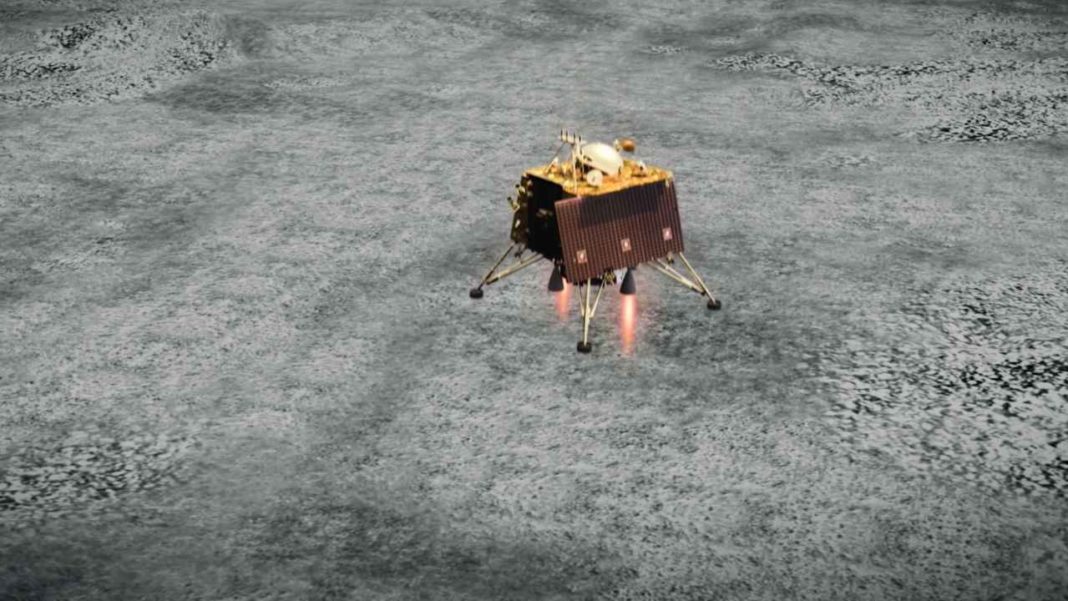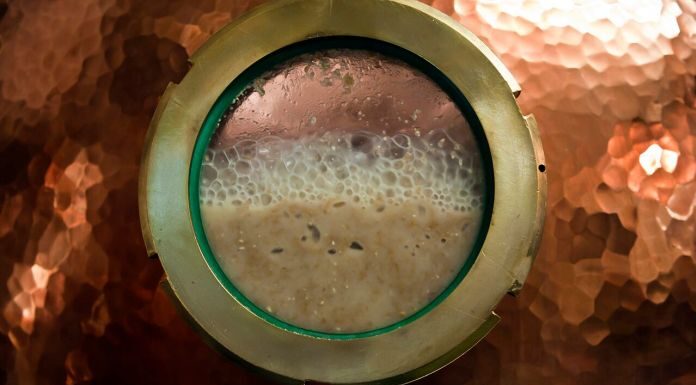The Indian Space Research Organisation (ISRO) has published the first image of the illuminated lunar surface. Captured by the Imaging Infrared Spectrometer (IIRS) payload, ISRO said that it has started spectroscopic studies on the surface of the Moon.
ISRO shared the image on Twitter and said that the IIRS payload is “designed to measure reflected sunlight from the lunar surface in narrow and contiguous spectral channels.”
The objective of the payload and this experiment is to understand the origin and evolution of the Moon. It will do so by scanning and then mapping the mineral composition of the lunar surface. Using signatures in the reflected solar spectrum, the instrument will be able to determine the materials.
The uploaded image is from the northern hemisphere that shows several craters including Sommerfield, Kirkwood, and Stebbins. ISRO also added that after a preliminary analysis, it was established that the IIRS was able to measure the variations in the reflected solar radiation that bounces off the lunar surface from different kinds of surface types. This includes central peaks on craters, crater floors, and also the sun-illuminated inner rims of craters.
After an uncomfortably long silence, the Indian Space Research Organisation (ISRO) had released images and the first scientific data from the Chandrayaan 2 mission, which is survived by the Orbiter. Captured by the Orbiter’s High-Resolution Camera (OHRC) from an altitude of ~100 km, ISRO shared that the images are the highest resolution visuals ever taken of the Moon.
The mission’s lander Vikram and rover Pragyan, which crash-landed on the Moon during a soft-landing attempt on 7 September, continue to be incommunicado with ISRO.













![Hotstar Premium Cookies 2019 [*100% Working & Daily Updated*] Hotstar Premium Cookies 2019 [*100% Working & Daily Updated*]](https://tahav.com/wp-content/uploads/2019/11/Hotstar-Premium-Cookies-Free-100x70.jpg)



